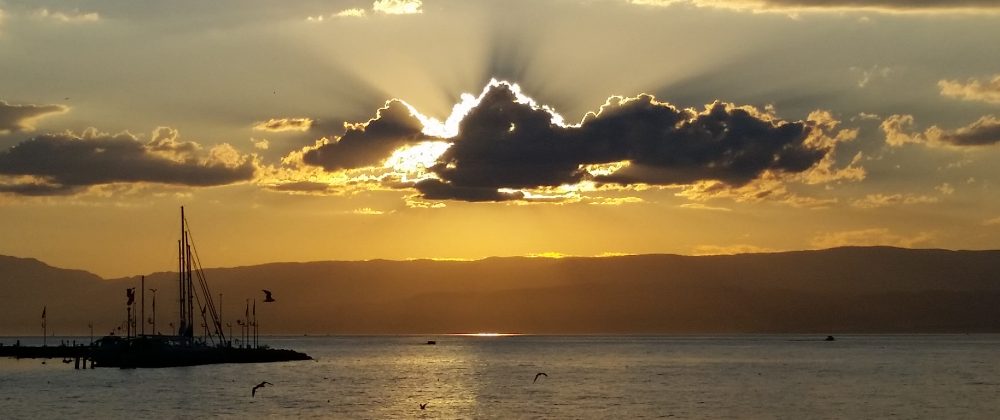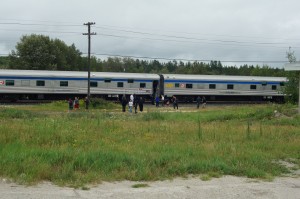Not.
The world did not come to an end. At least not for humanity as a whole. But an era is slowly, almost imperceptibly, coming to a close, the mileposts of its terminal state: two deaths. Unlike Kim Kardashian, Eric Hobswam and Jacques Barzun did not have their own dedicated media empires; their claim to recognition does not arise out of surviving a trial, à la OJ, or undergoing the trial of Survival, as our minor celebrities on far flung islands; they brokered no peace and brought about no war; they led no one off a cliff, fiscal or otherwise; the highest award humanity, or at least the Swedish Academy and the Norwegian Parliament, bestows upon its most illustrated does not even include a category in which they could have competed.
And yet.
They – the one an unrepentant communist, the other an unreformed conservative – chronicled, analysed and bore witness to the march of modern history, especially over the past century. With them dies not just a tradition of historiography, not just two immense stores of knowledge and wisdom, but two eye-witnesses of and to the most lamentable and exalted period in human existence. It is thus fitting that I close this year by marking their passing and commending their wisdom to you all.
In From Dawn to Decadence, Barzun laments the descent of man from the heights of the Renaissance to the Age of Kardashian. It is a magisterial history of the rise of Western culture and what to Barzun, the conservative historian, appeared as its slow and perhaps terminal decline over the past hundred years. Now, it is possible to exaggerate the splendour, intellectual and physical, of the Medici court and ignore the squalor of a Borgia pope, all the while lamenting how we ended up with Trump and Fox News in their stead. Barzun is not so crude; and his history is, for the most part, a celebration of the human. It is worth reading for that, but also for the coda, the Twentieth Century, that gave rise to Penicillin and the Holocaust; the iPad and the Great Leap Forward. To that, he bore witness to the “decadence” of a century in which the sole object of humanity appeared to be the crushing of the human spirit.
Hobswam closes his series of books chronicling much the same period with The Age of Extremes, a history of what he called the Short Twentieth Century (I am half-way through an already well-dog-eared volume). A communist to his death, he nevertheless retained to the end, more than any other historian I have read, an unerring and unforgiving objectivity. He, too, is not enamoured of a century that brought one war upon another, one revolution built on the last, one massacre after the next. And yet, for each chronicle of war or disaster, there is one of magnificent progress, even in this, the deadliest, the most decadent of all centuries. It is impossible to read of the rise of South Korea, the rebirth of Germany and of Japan, the pacific dismantling of the British empire, the progress of women and the enormous cultural and scientific advances of the last fifty years and not feel hopeful for humanity.
And so, as if by prior accord, the two eminent historians of the last century, each belonging to the opposite end of the spectrum from the other, have departed and by that put at least a semi-colon, if not a full-stop, after the period they chronicled, a period of extremes, of dawn and decadence, in our own lifetimes.
From one extreme – a historical era – to another – our daily lives. As I step out of my 45th year in under two weeks (I assure you, I will look not even a day older as I advance in age by a whole year – a feat, I know, but I am special after all), it is increasingly the concrete and not the abstract that occupies my mind. My niece Eliana remains a daily source of wonder, amusement and delight. “My entire family loves me just because of being me,” she told me the other night, as I was trying to get her to sleep. Yes, we do. And therein lies the great secret of the universe: as long as there are children, there is only dawn; decadence belongs to the cranky historian.
The city is under a deep cover of snow; darkness descends; the fire roars; my cup of (spiked) hot chocolate is almost done; I must bring this to a close and head to dinner. It’s snowing. But I know that even as they grow colder, the days are already getting longer; there is a lesson in there somewhere.








